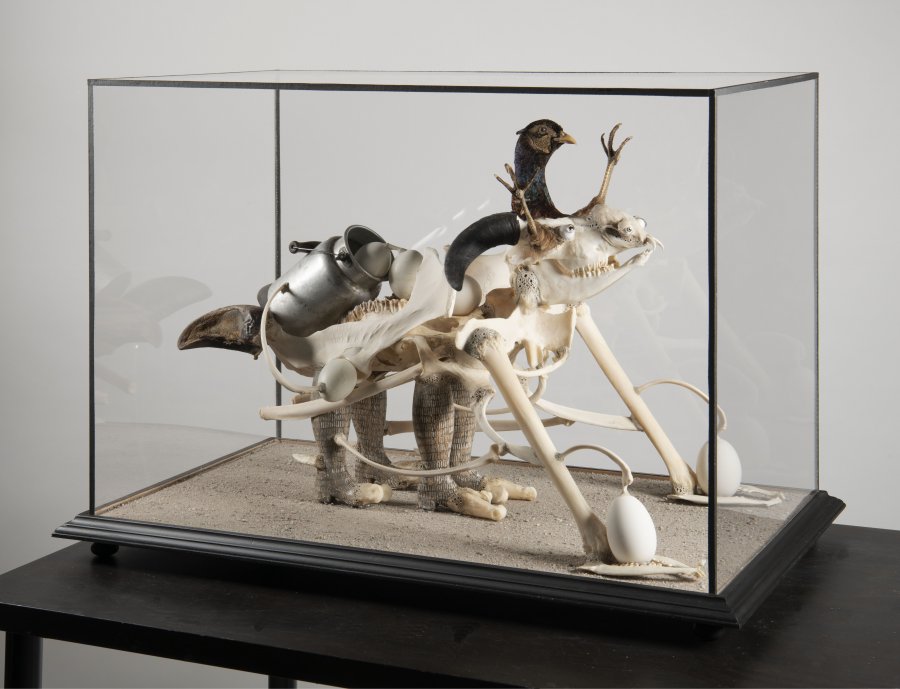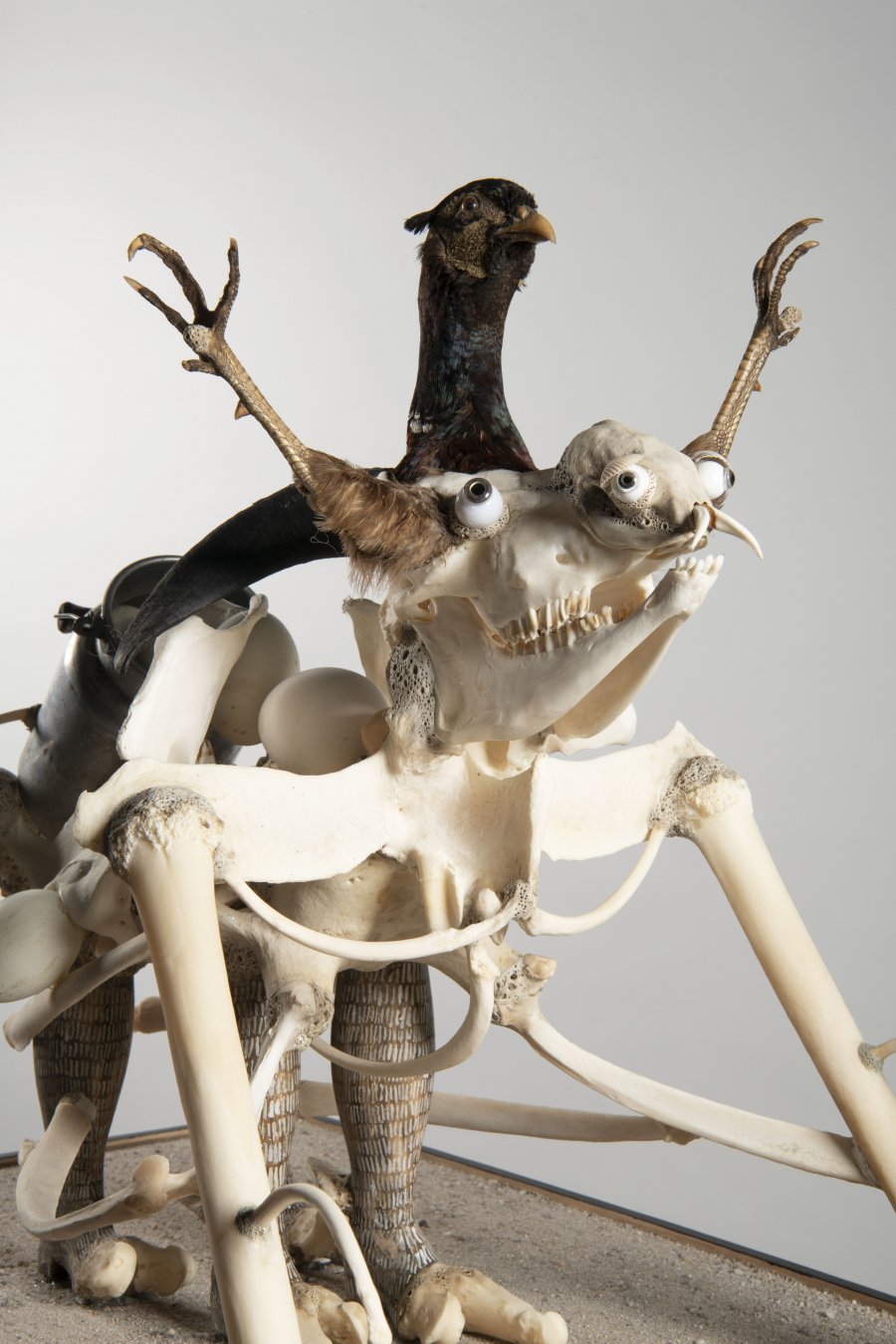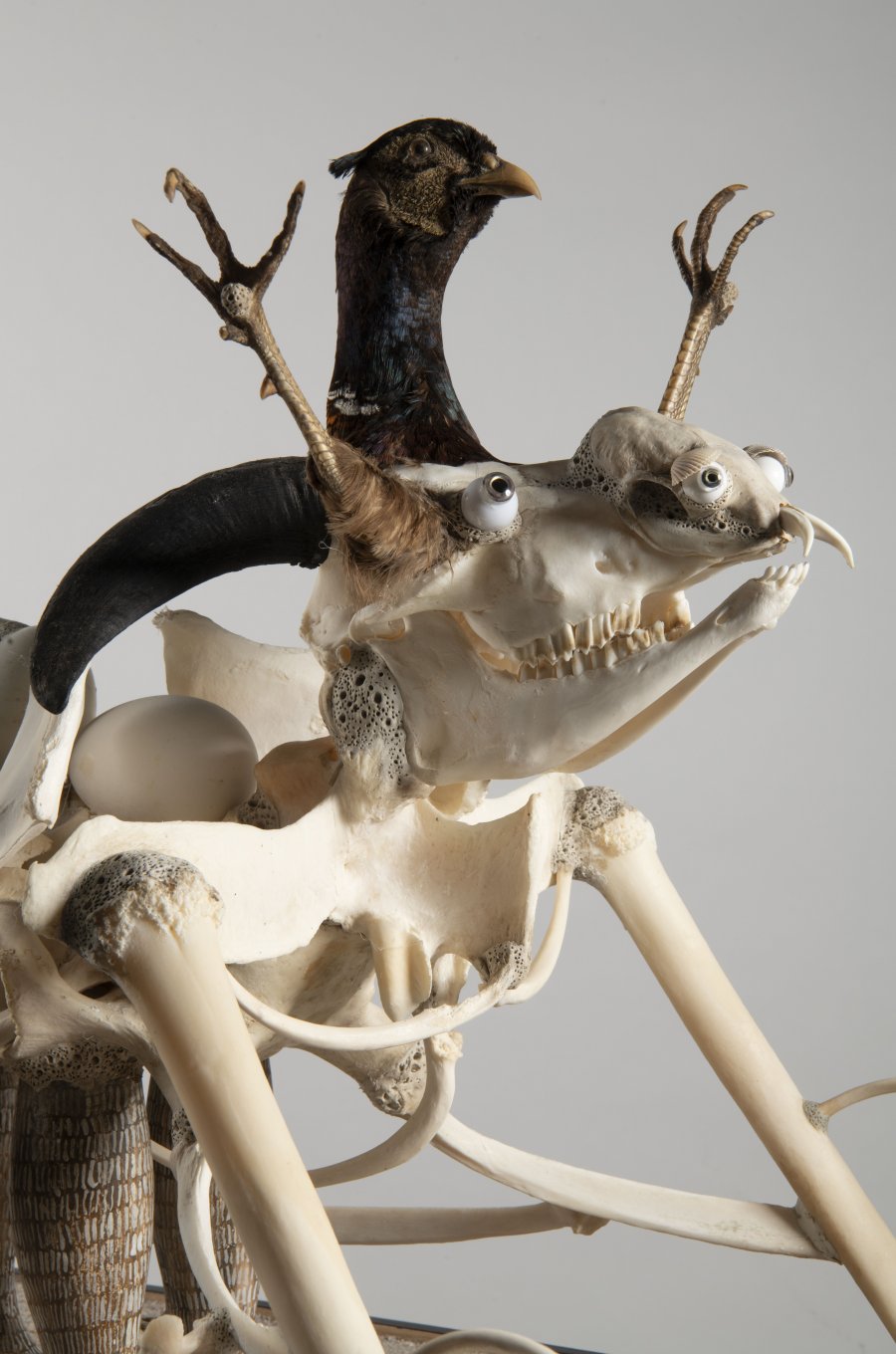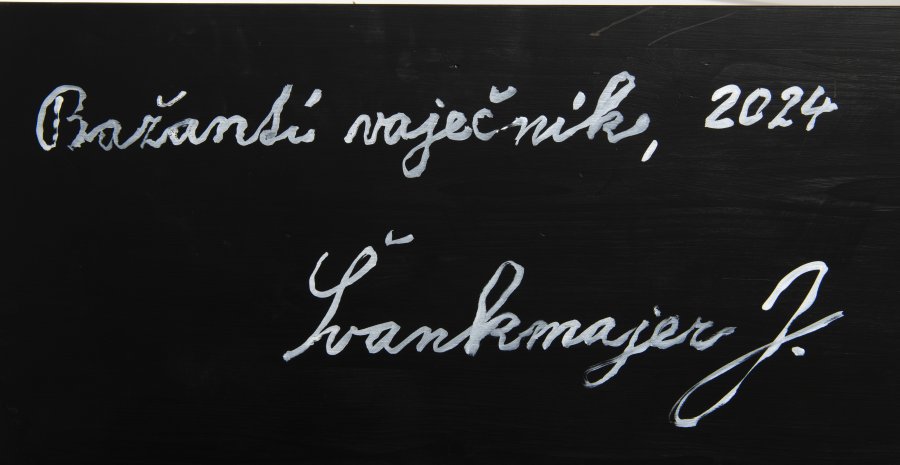Lot 240
PHEASANT OVARY
2024
natural materials, animal remains, can, plexiglass, wood, sand
62,5 x 89 x 55 cm (h x w x d)
signed and dated underneath: BAŽANTÍ VAJEČNÍK, 2024 / ŠVANKMAJER J.
| 5 000 €
| 5 417 €
The exhibit of an imaginative creature with the ability to reach out to the viewer and draw him into an inspiring dialogue is a representative example of one of the objects from Jan Švankmajer's so-called Kunstkamery. The artist's work is largely determined by the philosophy and creative practices of surrealism. His cinematic work is inseparably linked to his other artistic expressions, be it drawings, collages, frottage, objects or his unique experimentation with the perception of artworks through touch (tactile art). In this sense, his work is thus an embodiment of the synergistic effect or - to use Surrealist terminology - the universality of artistic expression. A leading representative of the Czech film and art scene of the last forty years, he entered the field of film in the 1960s, during the Czech New Wave, and made his first film, The Last Trick of Mr. Schwarcewallde and Mr. Edgar, in 1964. After that, he focused on short films, combining elements from puppetry, animation and feature film elements. He gained international attention in 1983 with a showcase of his films from the 1960s at the FIFA International Film Festival. In 1988 he made his first feature film, Something of Alice, which was a worldwide success. In the year of his 90th birthday, the exhibition DISEGNO INTERNO was held at the Central Bohemian Region Gallery GASK, which presented a cross-section of the life work of Jan Švankmajer and his wife Eva Švankmajerová (1940-2005) in an original concept.
Other characteristic features of the author include "co-creation with nature", the theme of terror and pleasure, funeral representation and magic. If the cultural anthropologist Claude Lévi-Strauss argues that myth is not closed and can only be understood by bringing all its other interpretations into play, then Jan Švankmajer's work can also be seen as another version of myth. In this respect, the theme of collecting, for example, which accompanies Jan Švankmajer through his life, has the task of linking two temporal planes together in a moment of "reconciliation with the world". That is why, for example, the owned objects from the Mannerist period are not so much anchored historically as through the prism of imagination. The work on offer comes from the artist's studio.
More works from auction
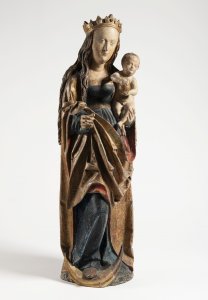
Lot 1 GOTHIC MADONNA
Starting price180 000 CZK | 7 500 €
Price realized
280 000 CZK | 11 667 €
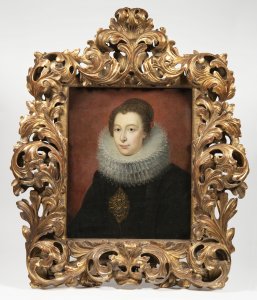
Lot 2 PORTRAIT OF A LADY
Starting price90 000 CZK | 3 750 €
Price realized
120 000 CZK | 5 000 €
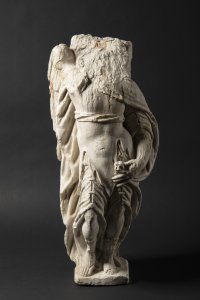
Lot 3 MANNERIST SAINT MICHAEL TORSE
Starting price40 000 CZK | 1 667 €
Price realized
120 000 CZK | 5 000 €
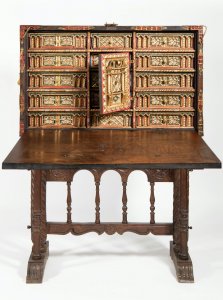
Lot 4 BARGUEÑO CABINET
Starting price90 000 CZK | 3 750 €
Price realized
160 000 CZK | 6 667 €
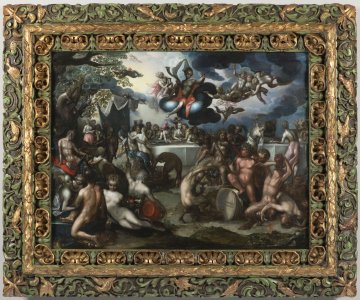
Lot 5 THE WEDDING OF PELLEUS AND THETIS
Starting price650 000 CZK | 27 083 €
Price realized
800 000 CZK | 33 333 €
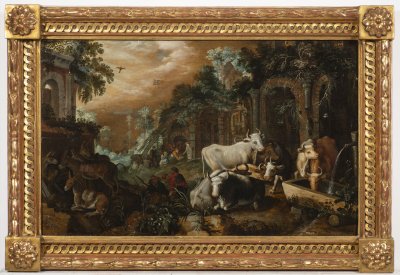
Lot 6 PASTORAL SCENE
Starting price380 000 CZK | 15 833 €
Price realized
420 000 CZK | 17 500 €
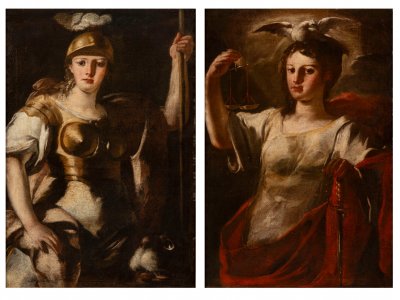
Lot 7 PAIR OF ALLEGORIES
Starting price160 000 CZK | 6 667 €
Price realized
170 000 CZK | 7 083 €
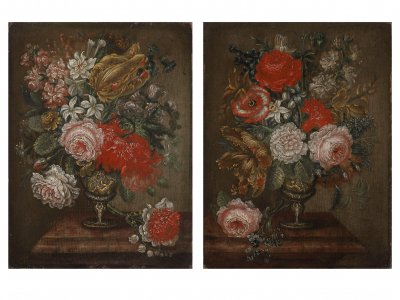
Lot 8 PAIRED FLORAL STILL LIFES
Starting price35 000 CZK | 1 458 €
Price realized
35 000 CZK | 1 458 €
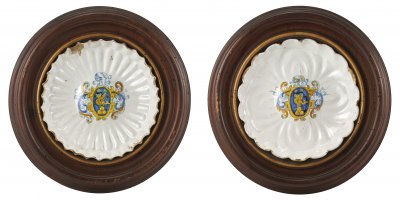
Lot 9 PAIR OF CERAMIC PLATES
Starting price25 000 CZK | 1 042 €

Lot 10 LARGE PROSPECTUS OF PRAGUE FROM PETRIN HILL
Starting price40 000 CZK | 1 667 €
Price realized
75 000 CZK | 3 125 €
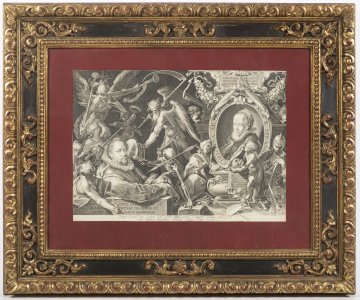
Lot 11 BARTHOLOMEUS SPRANGER AND CHRISTINA MULLER
Starting price25 000 CZK | 1 042 €
Price realized
33 000 CZK | 1 375 €

Lot 12 MANNERIST CHEST
Starting price24 000 CZK | 1 000 €

Lot 13 MANNERIST CHEST OF DRAWERS
Starting price35 000 CZK | 1 458 €
Price realized
41 000 CZK | 1 708 €
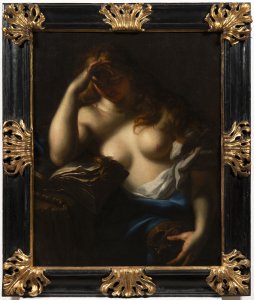
Lot 14 PENITENT MARY MAGDALENE
Starting price3 500 000 CZK | 145 833 €
Price realized
3 900 000 CZK | 162 500 €
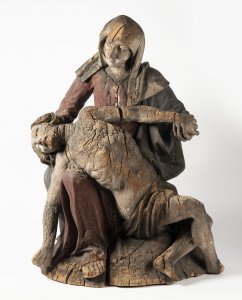
Lot 15 LARGE BAROQUE PIETÀ
Starting price60 000 CZK | 2 500 €
Price realized
60 000 CZK | 2 500 €
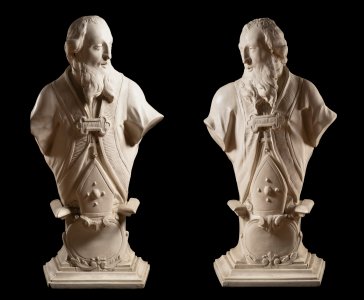
Lot 16 PAIR OF CHURCH DIGNITARIES
Starting price70 000 CZK | 2 917 €
Price realized
75 000 CZK | 3 125 €
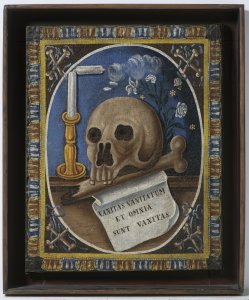
Lot 17 MEMENTO MORI
Starting price23 000 CZK | 958 €
Price realized
29 000 CZK | 1 208 €
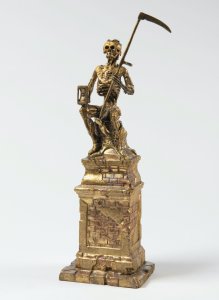
Lot 18 MEMENTO MORI
Starting price30 000 CZK | 1 250 €
Price realized
40 000 CZK | 1 667 €
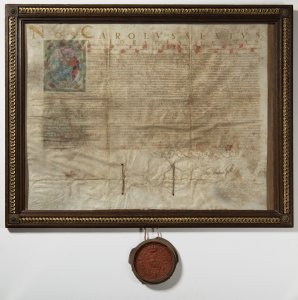
Lot 19 NOBILITATION GRANTED BY CHARLES VI.
Starting price14 000 CZK | 583 €
Price realized
39 000 CZK | 1 625 €
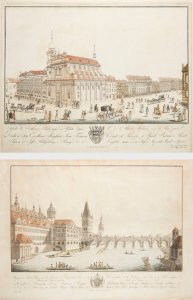
Lot 20 TWO PRAGENSIAS
Starting price25 000 CZK | 1 042 €
Price realized
39 000 CZK | 1 625 €
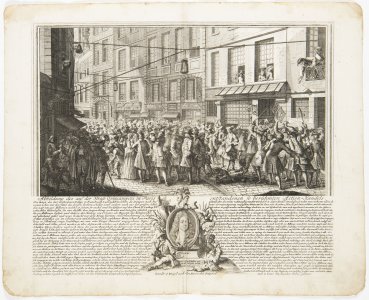
Lot 21 QUINCAMPOIX STREET DURING THE MISSISSIPPI BUBBLE
Starting price4 000 CZK | 167 €
Price realized
4 000 CZK | 167 €
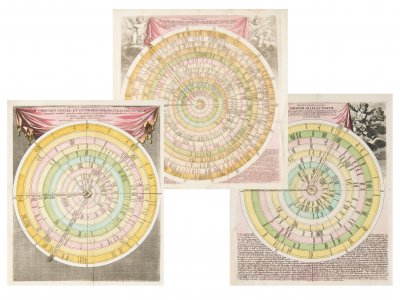
Lot 22 DISCUS CHRONOLOGICUS (3 SHEETS)
Starting price6 000 CZK | 250 €
Price realized
13 000 CZK | 542 €
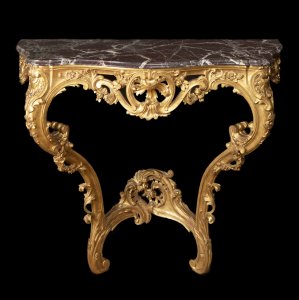
Lot 23 BAROQUE CONSOLE TABLE
Starting price30 000 CZK | 1 250 €
Price realized
31 000 CZK | 1 292 €
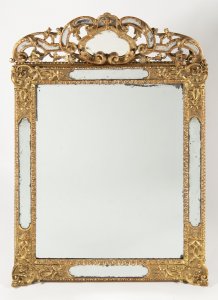
Lot 24 RÉGENCE BAROQUE MIRROR
Starting price24 000 CZK | 1 000 €
Price realized
32 000 CZK | 1 333 €
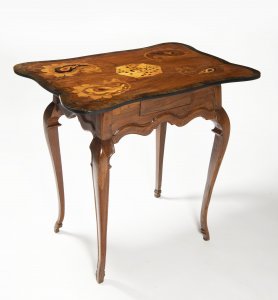
Lot 25 ROCOCO GAME TABLE
Starting price15 000 CZK | 625 €
Price realized
17 000 CZK | 708 €
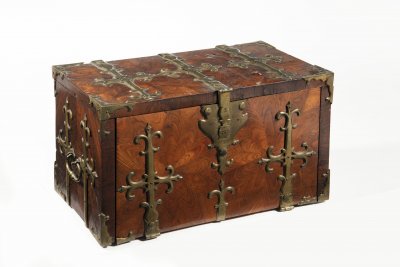
Lot 26 BAROQUE CHEST
Starting price12 000 CZK | 500 €
Price realized
18 000 CZK | 750 €
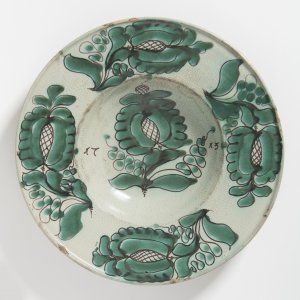
Lot 27 ZITTAU PLATE
Starting price40 000 CZK | 1 667 €
Price realized
40 000 CZK | 1 667 €
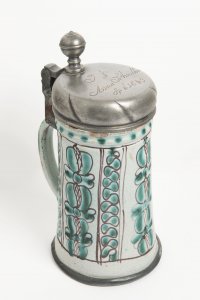
Lot 28 ZITTAU TANKARD
Starting price100 000 CZK | 4 167 €
Price realized
100 000 CZK | 4 167 €
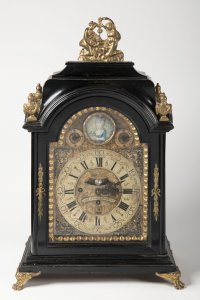
Lot 29 PRAGUE BAROQUE TABLE CLOCK
Starting price35 000 CZK | 1 458 €
Price realized
75 000 CZK | 3 125 €

Lot 30 BIEDERMEIER DISPLAY CABINET
Starting price35 000 CZK | 1 458 €
Price realized
49 000 CZK | 2 042 €

Lot 31 LOUIS PHILIPPE I CHEST OF DRAWERS
Starting price25 000 CZK | 1 042 €

Lot 32 FROM THE VICINITY OF ROME
Starting price80 000 CZK | 3 333 €
Price realized
85 000 CZK | 3 542 €
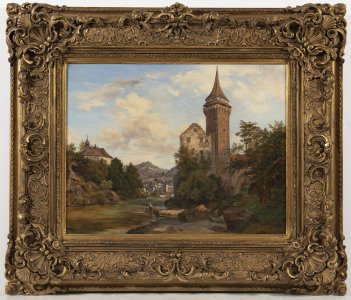
Lot 33 ALPINE MOTIF
Starting price120 000 CZK | 5 000 €
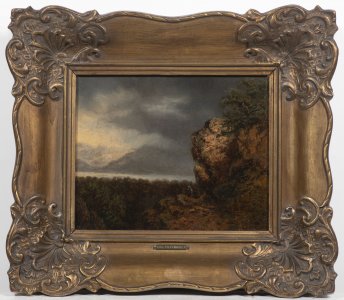
Lot 34 LANDSCAPE WITH A ROCK
Starting price45 000 CZK | 1 875 €
Price realized
65 000 CZK | 2 708 €
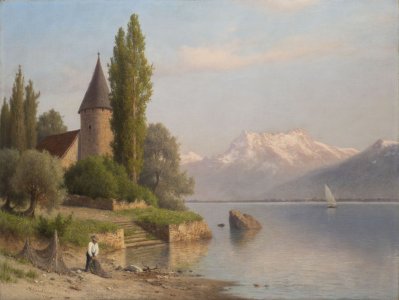
Lot 35 LANDSCAPE WITH ALPINE LAKE
Starting price80 000 CZK | 3 333 €
Price realized
80 000 CZK | 3 333 €
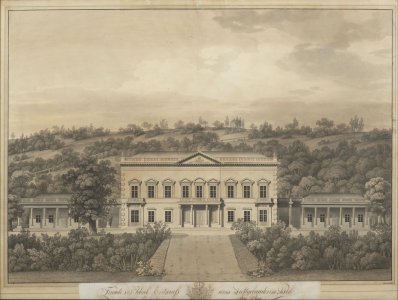
Lot 36 DESIGN OF A SUMMER PALACE IN BUBENEČ
Starting price25 000 CZK | 1 042 €
Price realized
44 000 CZK | 1 833 €

